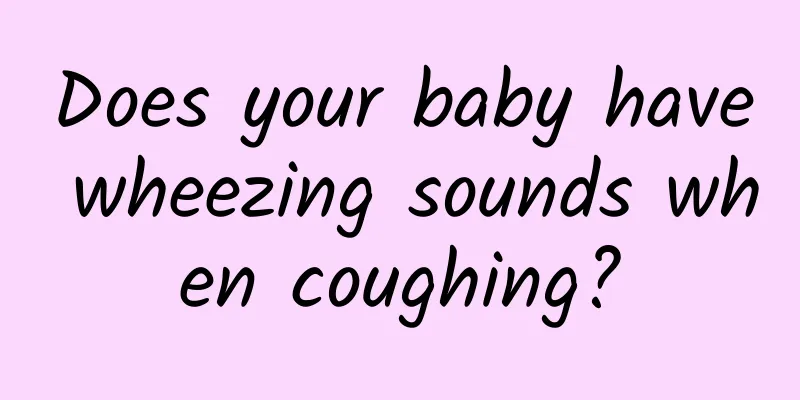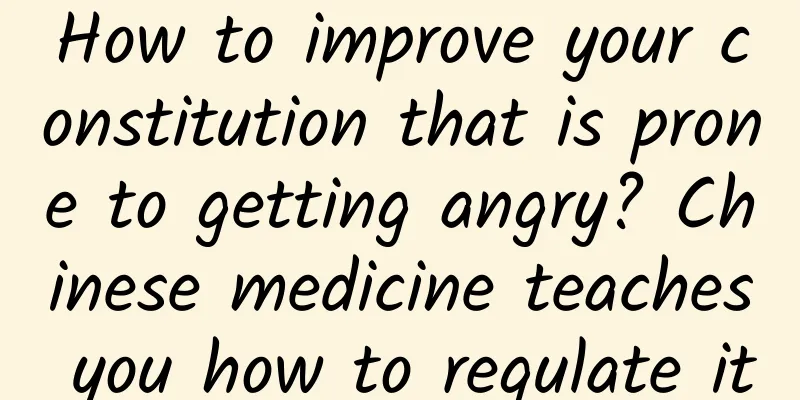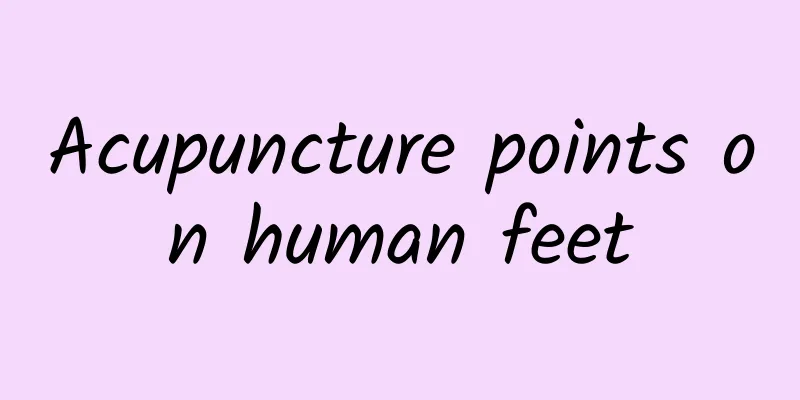Does your baby have wheezing sounds when coughing?

|
As babies grow up, it is inevitable that they will get sick. Sometimes a baby's cough is a defensive reaction to germs, and the baby uses coughing to expel germs and other irritants in the trachea. But sometimes a baby's cough indicates a possible disease. Parents need to learn to identify what disease the baby has while taking care of their children so that they can send the baby to the hospital in time for targeted treatment. What’s going on with the baby’s cough and wheezing? In recent years, due to the destruction of the ecological environment and the worsening of air pollution, the incidence of asthma has been on the rise, especially among babies, the proportion of the disease has been rising rapidly. Once a child has asthma, he or she will have recurrent attacks. The main symptoms of asthma are sudden chest tightness, cough, and worsening coughing and wheezing, sometimes accompanied by sawing-like wheezing sounds, and even symptoms such as difficulty breathing. Generally, asthma symptoms often occur or worsen at night or after getting up. Parents should create a living environment suitable for asthmatic babies. They should regularly use hot water to wash or expose pillowcases, curtains and mattresses to the sun, and try to use less carpets. Moreover, babies with asthma are generally weaker and more sensitive. They are most likely to get sick when cold air arrives, so parents must be careful not to let their children catch cold. You should also pay attention to your baby's diet and choose more warm foods for your baby. Common cold A direct cough can produce mucus without wheezing or difficulty breathing. In addition to causing a cough, the common cold is also accompanied by other common cold symptoms: runny nose, sneezing, watery eyes and a mild fever. The cough caused by the common cold usually persists throughout the cold and will not improve or worsen significantly until other cold symptoms disappear. Children's colds and coughs are mostly caused by cold, trachea or lung infection, and eating too cold food can also cause coughing. For children's colds and coughs, proper diet adjustment can often achieve twice the result with half the effort. Acute bronchitis Cough occurs 3-4 days after upper respiratory tract infection. It is dry cough at first and then produces sputum. The main cause of the disease is viruses, and patients often experience fever, vomiting, and diarrhea followed by coughing. There is often mucus in the vomit, and the systemic symptoms are generally not obvious. Symptoms usually resolve within three weeks; if cough persists beyond this period, a secondary infection such as pneumonia should be suspected. Since most pathogens are viruses, antibiotics are generally not used. It is advisable to change body positions frequently, drink plenty of water, and humidify the airways appropriately to make respiratory secretions easier to cough up. Bronchiolitis Persistent dry cough with paroxysmal wheezing. Bronchiolitis is an infection of the small airways in the lungs and is very common in infants and young children. Infants and young children infected with RSV are particularly vulnerable. The initial symptoms are quite similar to those of a common cold. After about 2-4 days, the secretions in the trachea increase, causing the trachea to become narrower. Coughing, difficulty breathing, obvious depressions between the ribs when inhaling, or wheezing when exhaling will occur. The number of breaths will also increase, and some of the symptoms are similar to those of asthma, making it difficult to fall asleep at night. After 3-5 days, the wheezing sound when exhaling and shortness of breath will gradually improve, but the symptoms of nasal congestion and cough will continue for about one to two weeks. In the early stages, parents should encourage their children to drink more water or fruit juice to replenish lost water and prevent secretions from being too viscous. Before eating or going to bed, the secretions in the baby's nose should be cleaned. When sleeping, the baby's head can be raised with a pillow to make the nasal cavity less likely to be blocked. |
<<: Does your baby have wheezing sounds when breathing?
>>: Does your baby make a hissing sound when breathing?
Recommend
What's wrong with the big heart shadow?
The cardiac shadow can usually be detected throug...
What is the best medicine for impotence?
We all know that for men, the most embarrassing t...
What diseases can't eat cuttlefish?
No matter how good the food or thing is, it shoul...
Tips on how to dry oily ears
The so-called oily ears refer to the frequent moi...
How to correct the buttocks
Sunken buttocks will inevitably affect the beauty...
How to treat high uric acid
Nowadays, people have improved their eating habit...
What is Parkinson's syndrome?
Parkinson's syndrome mostly occurs in middle-...
What causes vaginal bleeding?
If you find bleeding from the vulva, don't be...
What does weak positive sialidase mean?
Neural enzymes show weak positivity, which is als...
The role of scraping oil and the precautions for using scraping oil
When scraping, scraping oil is a must-have item. ...
Does smoking affect hair loss?
Some bad habits in life will affect hair loss. Fo...
Can I drink tomato juice every day?
Tomato juice has always been a favorite drink. Se...
I often feel pain after having my gallbladder removed.
The gallbladder is a small organ located below th...
Typical manifestations of phlegm-dampness blocking the middle part of the body
Phlegm-dampness blocking the middle of the body s...
What to do if you have back pain during military training
Military training is a training that every colleg...









